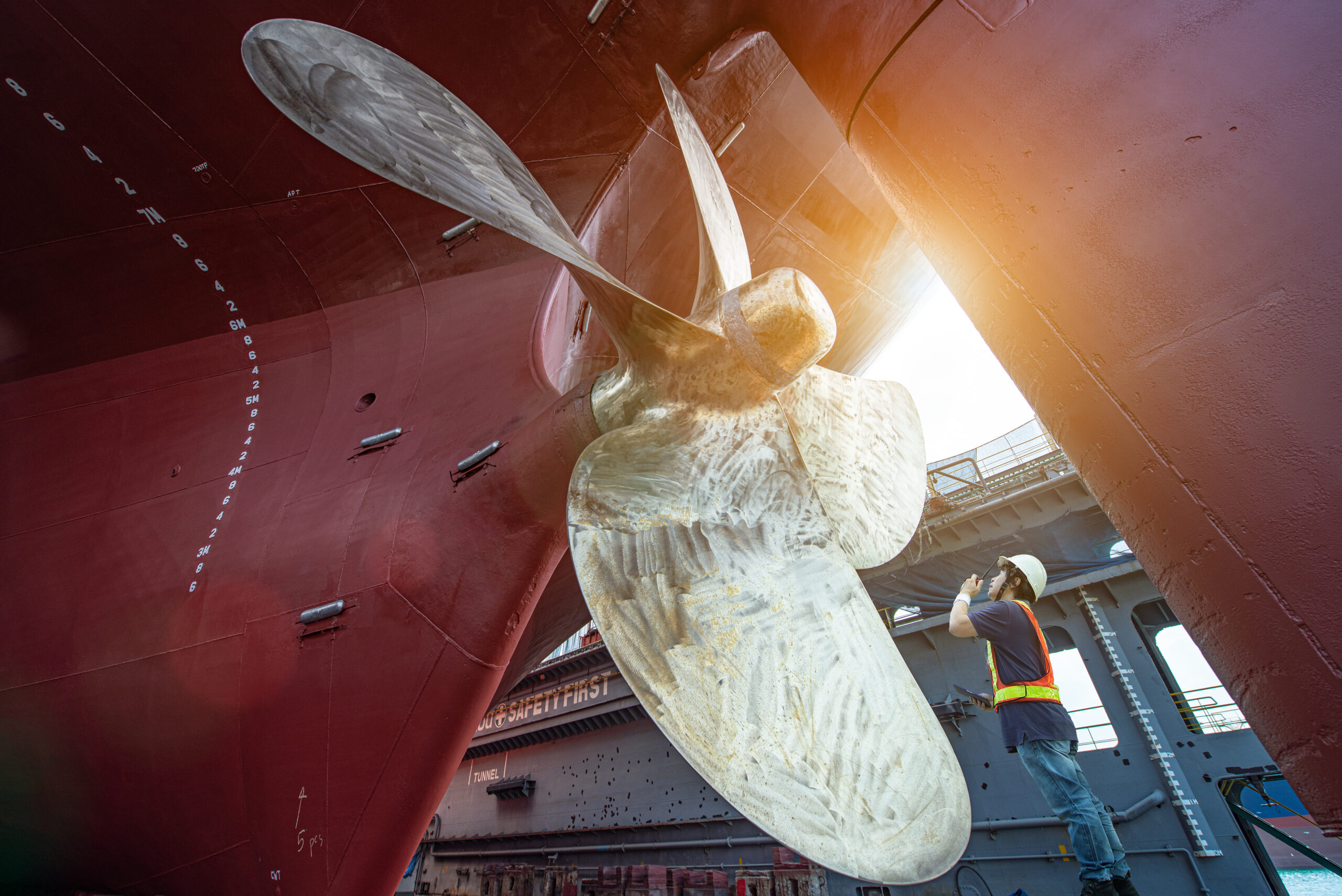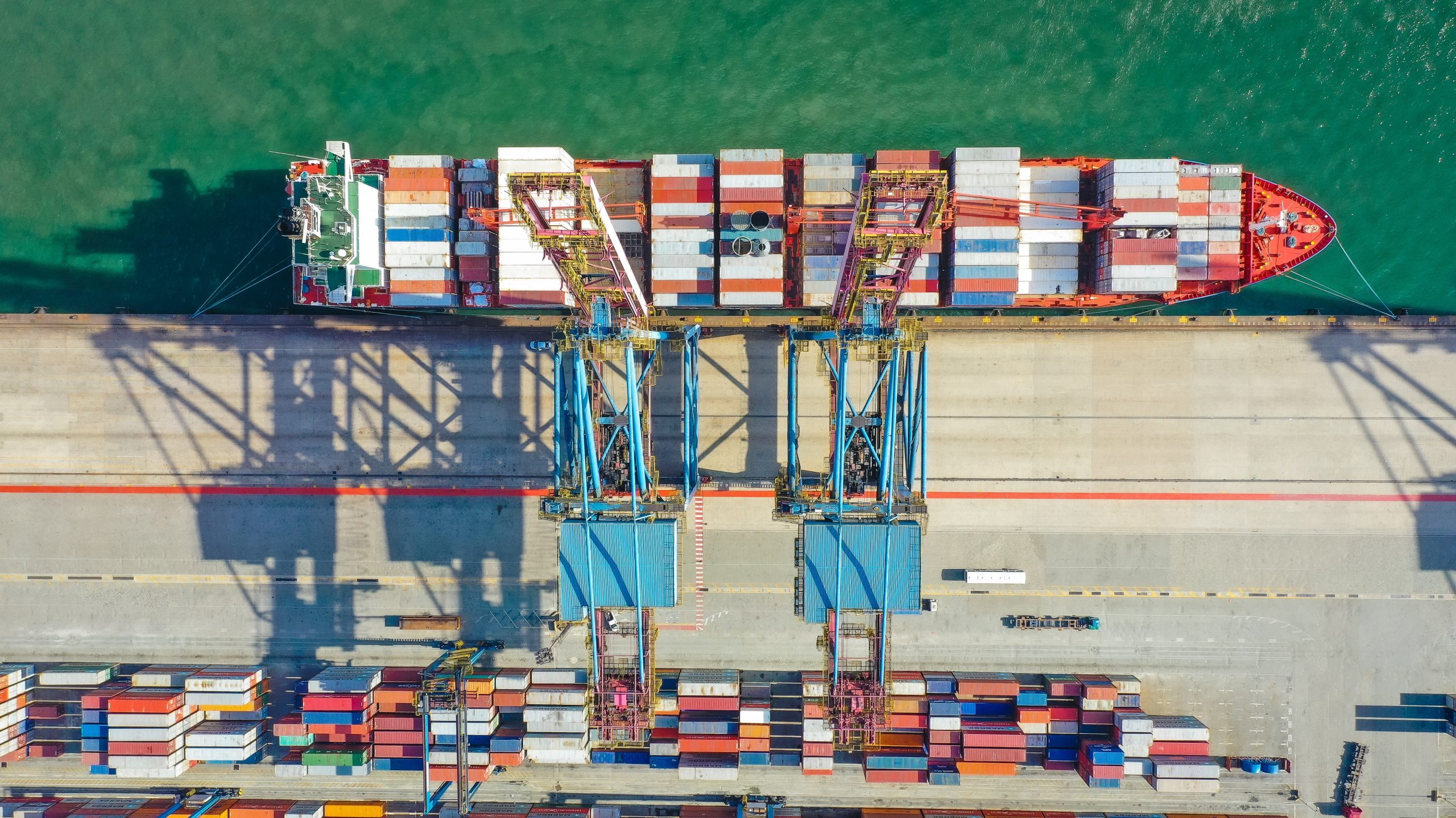The transition to a climate-neutral society requires all economic sectors to play their role. Responsible for about 2.5% of the world’s total CO2 emissions, the shipping industry is no exception. In this blog post, I discuss smart shipping design and its role in reaching carbon neutrality.
What does carbon neutrality mean?
Firstly, let us talk briefly about carbon neutrality. Carbon neutral means that any CO2 released into the atmosphere is balanced by an equivalent amount being removed. Carbon neutrality is a state of net-zero carbon dioxide emissions. Net-zero carbon emissions mean that an activity releases net-zero carbon emissions into the atmosphere.
Why become carbon neutral?
Climate change is affecting the world. Extreme weather conditions such as drought, heat waves, heavy rain, floods, and landslides are becoming more frequent. Sea levels are rising, ocean acidification is increasing, and we are experiencing a loss of biodiversity.
To limit global warming to 1.5 degrees Celsius, carbon neutrality by mid-21st century is essential. This target is laid down in the Paris agreement. Also, the European Commission has a plan to make Europe climate neutral by 2050, and IMO (International Maritime Organization) has set the target to net-zero carbon emission by 2050.
Sustainability in the shipping industry
The transition to a carbon-neutral society requires all economic sectors to play their role. Responsible for about 2.5% of the world’s total CO2 emissions, the shipping industry is no exception. As a result, the industry has turned its attention to smart ship design.
What is smart ship design?
Smart ship design is about building future-proof ships. By using automation in navigation and control technology, ships can operate in a smarter, safer, and more sustainable way. The technology improves energy efficiency and operations to protect the environment and contribute to reducing carbon emissions.
At the forefront of smart ship design
Evergreen Line was the first ocean shipping line in the world to incorporate sustainable development and environmental technology in their operations. Today, they have one of the world’s youngest, most technically advanced and sustainable containership fleets.
Over the years, Evergreen Line has invested heavily in smart ship design to lower their carbon footprint. Using the latest technology to develop their vessels, they contribute to minimising the impact of container shipping operations on marine life, port communities and humanity worldwide.
In addition to smart ship design, Evergreen pays attention to the development of biofuels on the market. They are studying the possibility of replacing high-carbon fossil fuels with renewable green energy to further reduce their carbon emissions.
As their agent, we are proud, of course. Evergreen has the environment on top of their agenda – just in line with our focus on sustainability.
A Smart Ship System
Evergreen has implemented the Smart Ship System into their container fleet.
Route optimisation and reduced fuel consumption
The advanced Smart Ship System provides a full range of valuable information for the crew and supervising team ashore to help monitor the ships’ operational conditions. This assists the crew in conducting safe and timely navigation and maintaining trim optimisation in accordance with changing weather and sea conditions. The ultimate aim is to optimise navigational routings and reduce fuel consumption.
Smart communication for fuel utilisation
This Smart Ship System communicates via satellite to automatically transmit navigation data to Evergreen’s data processing centre. Using data analysis software, the shore-side ship management teams can monitor the operation and maintenance of shipboard equipment in real-time. This allows them to advise the crew on when to switch fuel utilisation to comply with emission control regulations of different regions.
Optimised hull design to decrease emissions
The optimised hull design of the ships reduces wave resistance, decreasing fuel consumption and greenhouse gas emissions. The twin-island hull design helps prevent containers on the deck from affecting the view of the bridge and increases cargo loading space.
Environmental protection features
The ships are equipped with environmental protection features such as a facility to remove SOx and NOx exhaust gases, a ballast water treatment system, electric deck machinery, air-sealed stern shaft seals, and alternative maritime power (AMP) for high-voltage shore connection.
The exhaust gas system of the main engines and generator engines are both equipped with a selective catalytic reduction (SCR) to reduce the emission of NOx. This makes it possible to meet the most stringent NOx Tier III emission standards set by IMO.
Imaging system to avoid marine accidents
The ships are equipped with a surround-view imaging system which serves as the seafaring equivalent of an automobile’s driving recorder and backup camera. Video cameras throughout the ship display real-time images on the system screens that monitor the location of neighbouring ships. This helps avoid marine accidents and strengthens blind spot warnings to improve the safety of berthing operations.
What role does smart ship design play in reaching carbon neutrality?
Addressing the shipping industry’s transition to net zero carbon emissions, smart ship design plays a huge role. Green shipping (transporting goods with as little environmental impact as possible) starts already in the design phase – and smart ship design lays the foundation.
Ultimately, smart ship design will supply multi-layer optimisation in fuel consumption, CO2 and carbon emissions control as well as energy efficiency when fully implemented.
Are you looking to ship your goods in a smart, safe, and sustainable way? Contact us today.





